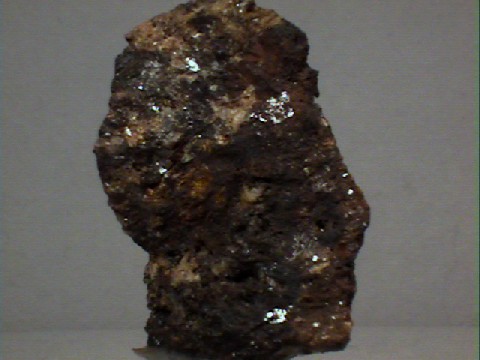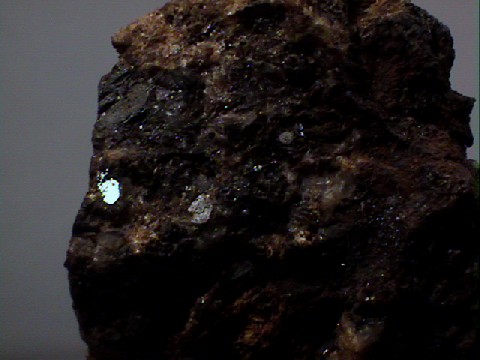 THE
MINERAL EOSPHORITE
THE
MINERAL EOSPHORITE
- Chemistry: (Mn, Fe)AlPO4(OH)2 - H2O, Hydrated Manganese Iron Aluminum Phosphate Hydroxide.
- Class: Phosphates
- Uses: Only as mineral specimens.
Specimens
Eosphorite is a somewhat common secondary mineral. It forms from the alteration of primary granitic phosphates such as lithiophilite and triphylite when aluminum and water are available. Eosphorite has been made famous in the mineral collecting world by being an accessory to the wonderfully well formed crystals of rose quartz at Taquaral, Minas Gerais, Brazil.
Eosphorite forms a solid solution series with the mineral childrenite. Childrenite's formula is (Fe, Mn)AlPO4(OH)2 - H2O and differs from eosphorite by being rich in iron instead of manganese. The structures of the two minerals are the same and therefore it would be expected that their differences in physical properties between the two would be related to the iron/manganese percentage. Eosphorite is less dense and is generally pinkish to rose-red in color whereas childrenite's colors tends towards various shades of brown. In terms of crystal habits the two also differ. Eosphorite forms prismatic, slender crystals and rosettes. Childrenite forms tabular or bladed individuals or lamellar aggregates. It has been said that the two different habits belie their solid solution relationship.
PHYSICAL CHARACTERISTICS:
- Color is varied with colors of pink, salmon-pink, yellow, colorless, red and even brown or black.
- Luster is vitreous.
- Transparency: Specimens are transparent to translucent.
- Crystal System is orthorhombic; 2/m 2/m 2/m
- Crystal Habits include prismatic slender crystals and radial aggregate sprays. Crystals are usually altered or partially dissolved.
- Cleavage is good in two directions at right angles.
- Fracture is conchoidal.
- Hardness is 5.
- Specific Gravity is approximately 3.0 (average), but increases with increased iron content.
- Streak is white.
- Associated Minerals include rose quartz, lithiophilite, hureaulite and triphylite.
- Notable Occurrences include Taquaral, Minas Gerais, Brazil; Hagendorf, Bavaria, Germany; White Picacho district, Arizona; Branchville, Connecticut; Mt. Mica, Maine and the Palermo Mine, New Hampshire, USA.
- Best Field Indicators are crystal habit, color, associations, localities and density.



